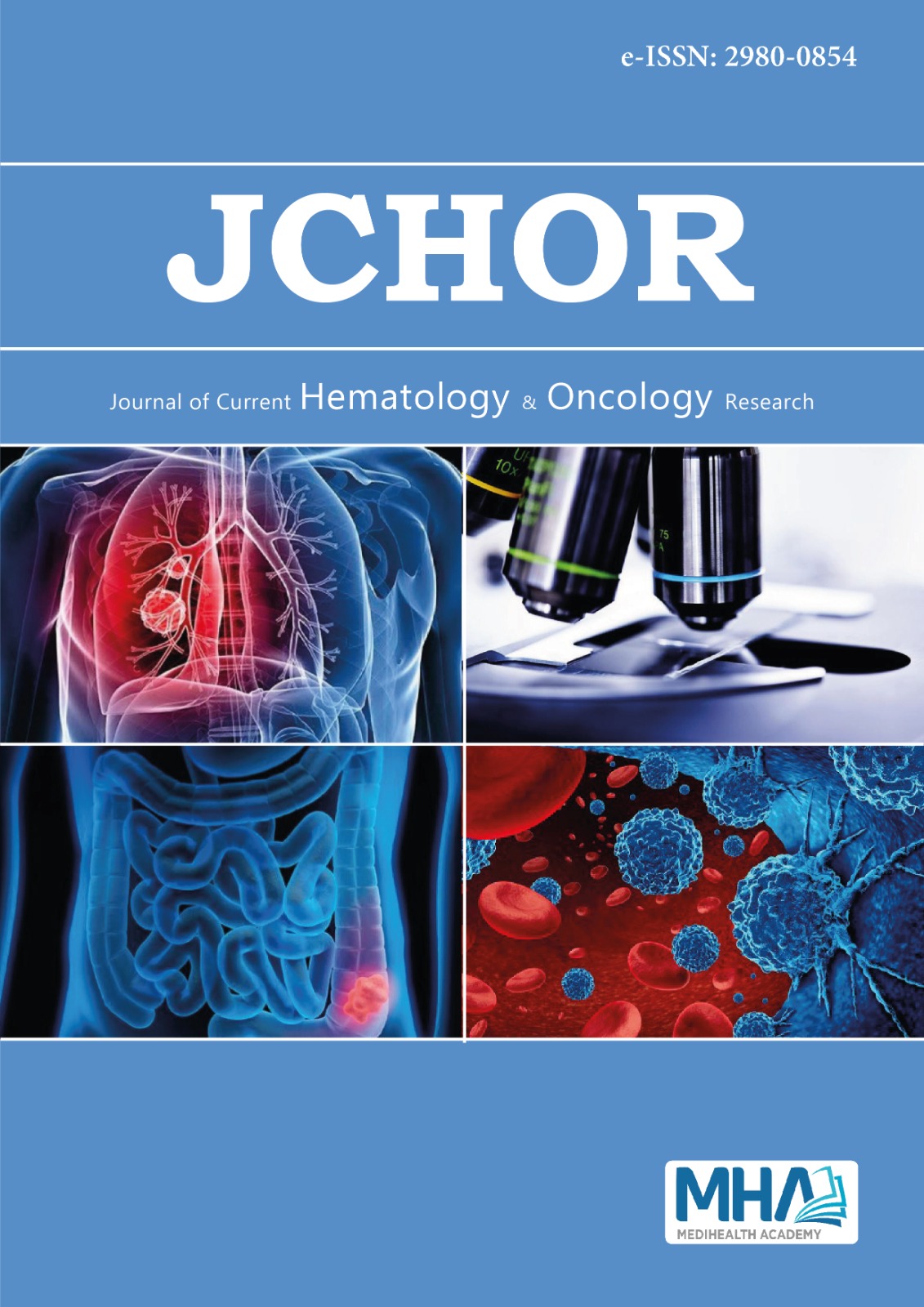1. Jameson JL, Anthony SF , Dennis LK, Stephen LH, Dan LL, JosephL. Harrison 20th edition, 2020, united states, section 2 medicalemergencies,14 sepsis and septic shock. 2022;(21):68-70.
2. Zanon F, Caovilla JJ, Michel RS, et al. Sepsis in the intensive care unit:etiologies, prognostic factors and mortality. Rev Bras Ter Intensiva.2008;(20):128-134.
3. Ullah AR, Hussain A, Ali I, et al. A prospective observational studyassessing the outcome of sepsis in intensive care unit of a tertiary carehospital, peshawar. Pak J Med Sci. 2021;32(3):688.
4. Polat G, Ugan R A, Cadirci E, Halici Z. Sepsis and septic shock:current treatment strategies and new approaches. Eurasian J Med.2017;49(1):53.58.
5. Busund R, Koukline V, Utrobin U, Nedashkovsky E. Plasmapheresis insevere sepsis and septic shock: a prospective, randomised, controlledtrial.Med Intensiva. 2002;28(10):1434-1439.
6. Çopuroğlu E. «Protokole dayalı tedavinin ağır sepsis mortalitesiüzerine etkisi.»Journal of the Turkish Society of Intensive. Crit CareMed. 2011;(28):1-89.
7. Brun-Buisson C, Doyon F, Carlet J, et al. Incidence, risk factors, andoutcome of severe sepsis and septic shock in adults: a multicenterprospective study in intensive care units.Jama. 1995;(12):968-974.
8. Bodur HA, Koca U. Ağır sepsistemortaliteyi etkileyen faktörler. Tark.2005;(26):90-98.
9. Baykara N, Akalın H, Arslantaş MK, et al. Epidemiology of sepsisin intensive care units in Turkey: a multicenter, point-prevalencestudy.Critical Care. 2018;22(1):1-14.
10. Buisson CB, Meshaka P, Pinton P, Vallet B. EPISEPSIS: a reappraisal ofthe epidemiology and outcome of severe sepsis in French intensive careunits.Med Intensiva. 2004;(30):580-588.
11. Arslan Ö, Arat M, Göktürk S, Ayyildiz E, İlhan O. Therapeutic plasmaexchange and the clinical applications.Turk J Haematol. 2003;20(1):7-17.
12. Mokrzycki MH, Kaplan AA. Therapeutic plasma exchange:complications and management.Am J Kidney Dis. 1994,23(6):817-827.
13. Polat M, Ceylan B, Alanoğlu G, Eroğlu F, Sipahi T. SüleymanDemirel Üniversitesi Hastanesi Yoğun Bakım Ünitesi plazma ferezuygulamaları.SDÜ Tıp Fakültesi Derg. 2009;16(4):1-4.
14. Padmanabhan A. Guidelines on the use of therapeutic apheresis inclinical practice -evidence-based approach from the writing committeeof the American society for apheresis: the eighth special ıssue. J ClinApher. 2019;(34):171-354.
15. Weinstein R. Therapeutic apheresis in neurological disorders. J ClinApher. 2000;(15):74-128.
16. Norda R, Berseus O, Stegmayr B. Adverse events and problems intherapeutic hem apheresis. a report from the swedish registry. TransfusApher Sci. 2001;(25):33-41.
17. Bozkaya Y. Terapötika ferez işlemlerinin değerlendirilmesi; retrospektifve prospektif veri toplama çalışması 2013.
18. Knaus WA, Draper EA, Wagner DP, Wagner DP. APACHE II: a severityof disease classification system. Crit Care Med. 1985;(10):818-829.
19. Çakalot Ü. 2019.Erzurum Atatürk Üniversitesi Tıp Fakültesinde son beşyıl içinde (Ocak 2013 ve Ocak 2018 tarihleri arasında) terapötikplazmaferez yapılan hastaların klinik ve laboratuar bulguları(Masters thesis,Sağlık Bilimleri Enstitüsü).
20. Yetimoğlu H. 2011-2015 yılları arasında aferez merkezinde yapılanterapötika ferez işlemlerinin klinik ve laboratuvar bulgularınındeğerlendirilmesi 2016.
21. Tutarel O, Golla P, Beutel G, et al. Therapeutic plasma exchangedecreases levels of routinely used cardiac and inflammatorybiomarkers.PLoS One. 2012;7(6):38573.
22. Hadem J, Hafer C, Schneider AS, et al. Therapeutic plasma exchangeas rescue therapy in severe sepsis and septic shock: retrospectiveobservational single-centre study of 23 patients.BMC Anesthesiol. 2014;(1):1-10.

